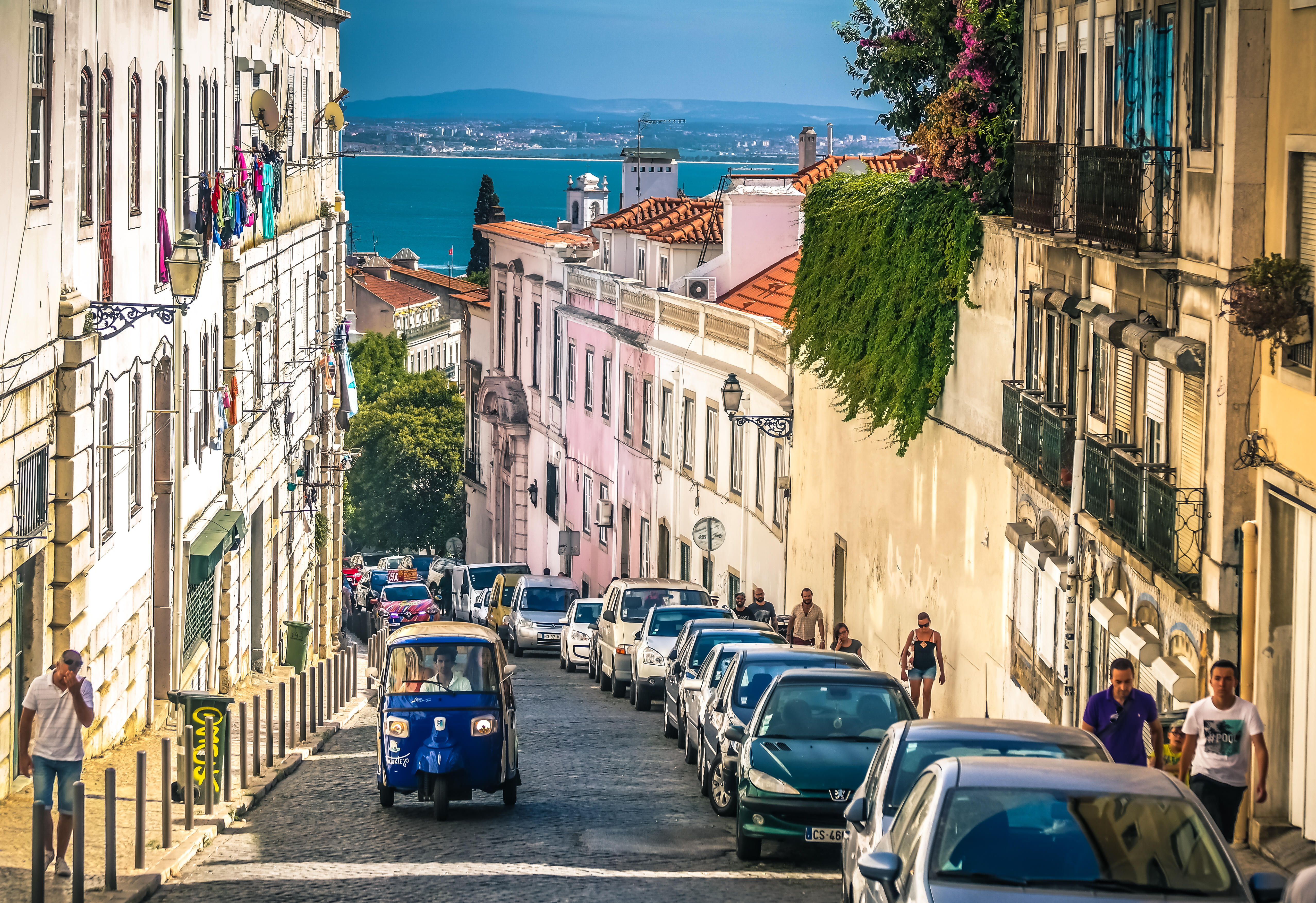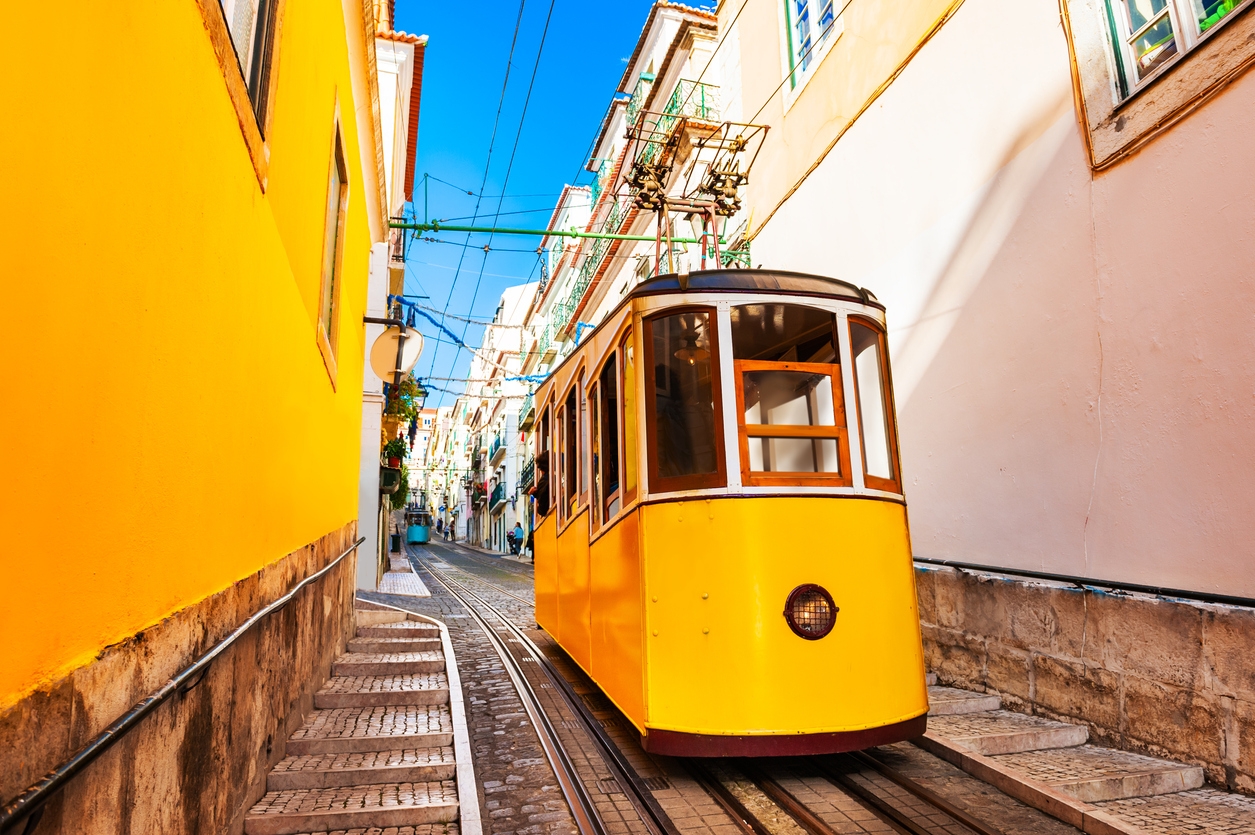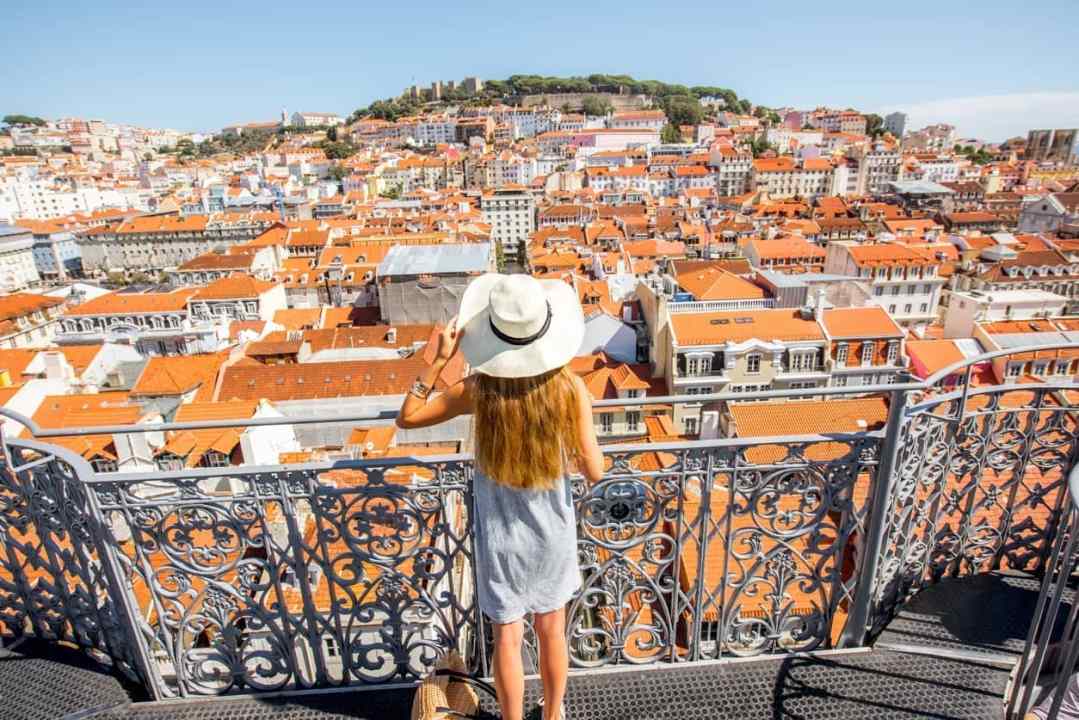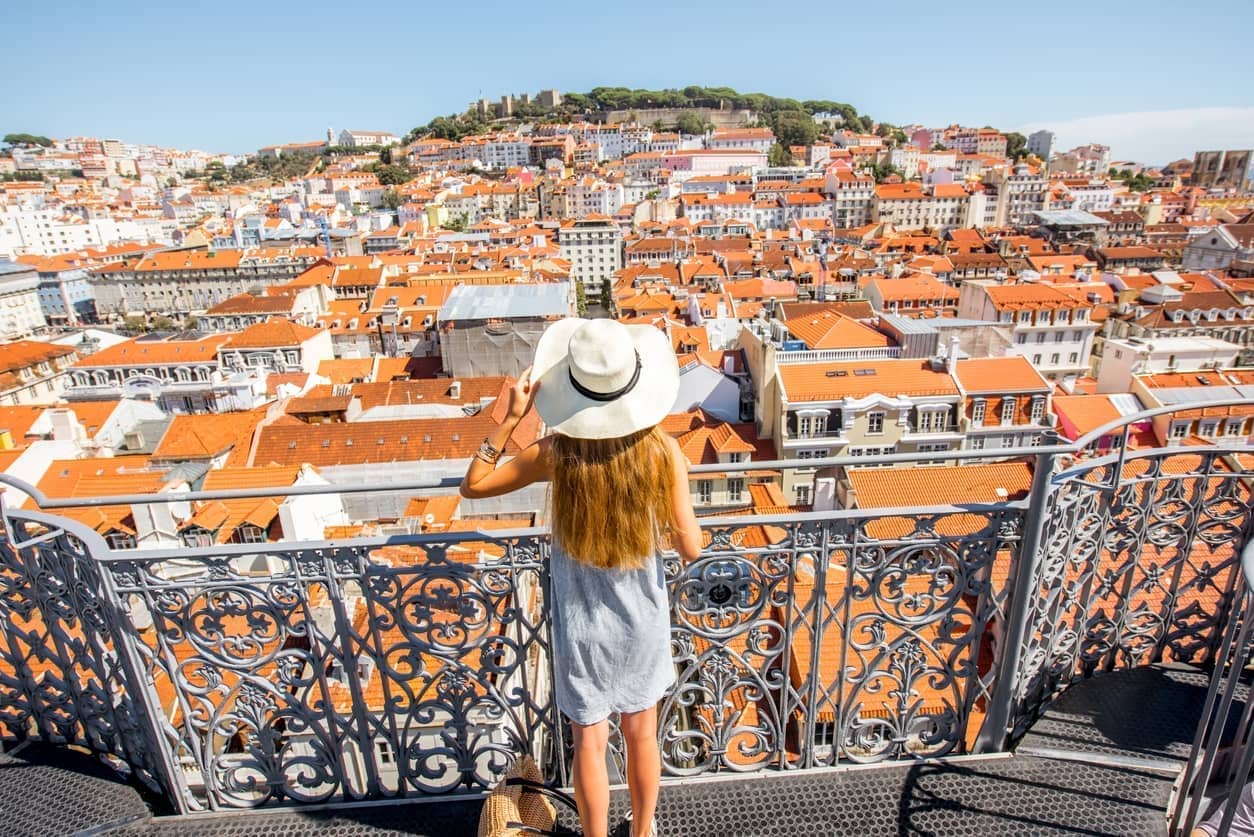Lisbon is, as they say; ‘having a moment.’ The Portuguese capital has become something of an international hotspot of late, with a deluge of, not just global tourists, but those decamping to become ‘alfacinhas’ – the local term for those living in Lisbon, which adorably (though mysteriously) translates as ‘little lettuce.’
The appeal is abundantly clear from the moment you arrive. This is a city which has atmosphere in spades. Aside from the sunshine, there is a feeling to Lisbon that immediately grips you: colourful façades, grand squares leading out to the Atlantic Ocean and the distinctive yellow trams cutting a precarious path down vertigo-inducing streets. The architecture is a glorious hotchpotch of gothic, baroque and Neo classical, woven together by distinctive Pombadine flourishes – think of those vast, photogenic patterned squares for which Lisbon is famed – which were used to rebuild much of the city after the 1755 earthquake. Forget the uniformity of Paris or Vienna – no two streets in Lisbon are the same.
For British tourists, Portugal’s capital is also a big draw right now. In our murky pseudo post pandemic world, it is a test-free travel spot for the double vaccinated and the nation is also bringing in measures to allow British travellers to re-join the EU passport queue (no small thing when you see the crowds at Lisbon airport).

At just over a two-hour flight away, Lisbon is the ideal choice for a weekend break. There is more than enough to see and do here to keep you entertained for 48 hours, with most spots within easy walking (or driving – more on this later) distance and excellent eateries and bars on every turn, not to mention some stellar hotels. Valverde is an excellent boutique choice in the heart of the city, bursting with charm and with an unrivalled location and Memmo Alfama is an affordable, though no less chic, bolthole in the old town, with arresting views over the Targus.
We chose to stay, not just at a hotel but – as the alfacinhas would say – at an ‘institution’. The Four Seasons Hotel Ritz, which perches imperiously over the Praça do Marquês de Pombal (one of the city’s central squares) and has a fascinating history, weaving it irrevocably into the city’s narrative. First commissioned by Portugal’s then dictator, António de Oliveira Salazar in the 1950s to be the flagship hotel of the city, intended to house visiting dignitaries, it has since become the grande dame of Lisbon hospitality. Much of the hotel, a listed property, evokes this moment in time, with a curious blend of art-deco sensibilities, Louis XVI style and a truly breath-taking and diverse collections of mid-20th Century Portuguese art, and one of the largest privately-owned assemblies in the country.
An outdoor pool and pool bar makes the curiously quiet central-city spot an even more enticing space to relax after a day of sightseeing, and a Michelin star for head chef Pedro Pena Bastos’ restaurant Cura (open to non-hotel guests) is thoroughly deserved. The menu doubles down on Portuguese culinary traditions, including produce from the Azores and a squid and roasted seaweed butter dish that will blow your mind.
After indulging in the local speciality prego no pão (steak sandwich) from the hotel bar, we decided there was no better way to explore the city than in one of Lisbon’s iconic tuk tuks. Ours was electric (alas, no signature ‘tuk tuk’ sound) which made it a far more ecologically reassuring choice, and we used Tuk Tuk Tejo, which I could not recommend more. These small vehicles are a perfect ride for catching a refreshing breeze and appreciating all the sights whilst not exhausting yourself traversing a capital known as ‘the city of the seven hills.’

The streets are a mix of wide, Haussmannesque boulevards and winding cobbled streets, some so narrow you must walk single file. There are feats of modern architecture – both brutalist and spectacular – like the Golden Gate-like 25 April Bridge, and it seems every square inch of wall space is decked out in decorative tiles.

Like every truly captivating urban sprawl, there is a distinct identity for every neighbourhood in Lisbon. There is the historic district of Belém, close to the shores of the river Tagus, which is home to some of the most iconic sights in the city; the 16th-century Tower of Belém, the Discoveries Monument (with its impressive sail shape) and the vast Gothic beauty that is the Jerónimos Monastery. Nearby is the iconic Pastéis de Belem patisserie, which shares more than proximity with the monastery. It is from within their halls that the closely-guarded recipe of the pastéis de belem originates – one that is still used (and kept secret) to this day. These custard tarts are distinct from the ubiquitous pastry gem of Portugal- the pastéis de nata. No trip to Belém is without one (or ten) of these, ideally devoured with a healthy sprinkling of cinnamon.
Nearby is one of the oldest neighbourhoods in Lisbon; Alfama, which survived the infamous 1755 earthquake that forever changed the city’s landscape. Alfama therefore feels singular; small, narrow streets and squares, winding steps and bustling cafés and restaurants which create the impression you are in a provincial village, not in the middle of a capital city. It is here you can visit the ancient Lisbon Cathedral as well as the square which purports to be the birthplace of Fado, where the Museum of Fado sits. It is also the epicentre of Lisbon’s St Anthony festival, which sees vibrant street parties in June.
For lunch, we ate at Bairro do Avillez, a popular restaurant serving typical fare (yes some pastéis de nata featured) in a buzzy atmosphere packed with locals. It sits in the trendy Chiado neighbourhood, a must-see spot for shopping (do not miss A Vida Portuguesa for traditional Portuguese wares) with a Parisian sensibility; designer stores and chic bars and eateries. A sundowner drink and stroll are also recommended at the cool, Shoreditch-esque LX Factory; an artistic hub of installations, bars and coffee shops by the river.
In the evening, you cannot miss the Bairro Alto neighbourhood for great nightlife. Head for drinks at the seriously cool Red Frog or the laidback Artis Wine Bar and then opt for people watching and glamour at Seen Lisboa and JNCQuoi for dinner. The next morning you can nurse your hangover at any one of the city’s excellent brunch spots (The Mill or Dear Breakfast are highlights) or take a pastéis de nata and coffee to go, as you stroll to maradouro das portas do sol to start your day and take in the stunning vista of Lisbon; city of the seven hills and a place that might even make you want to move there.







Comments